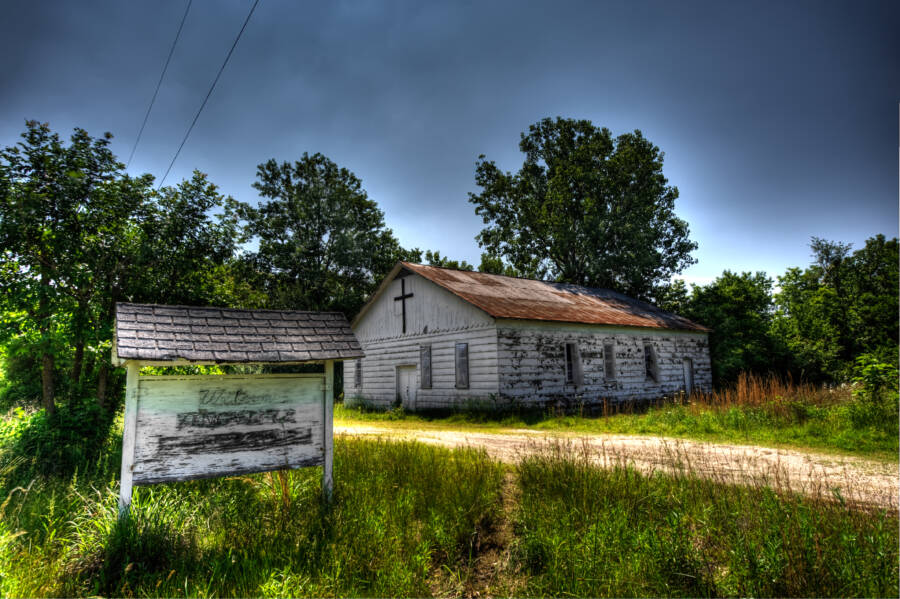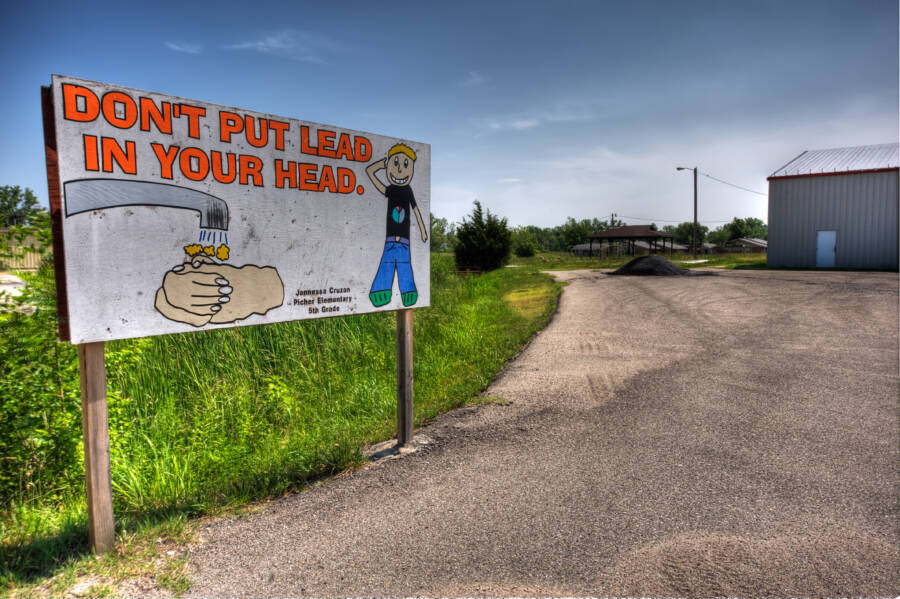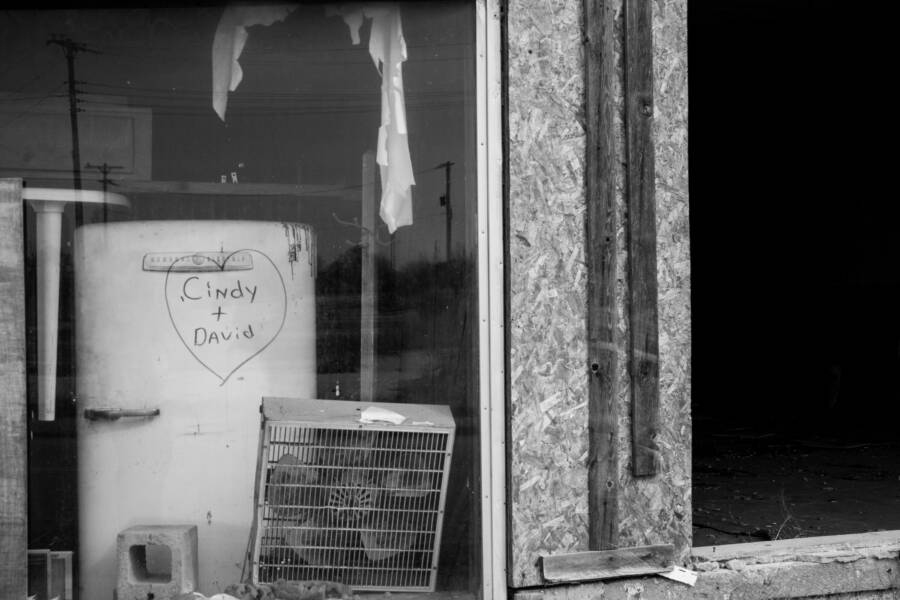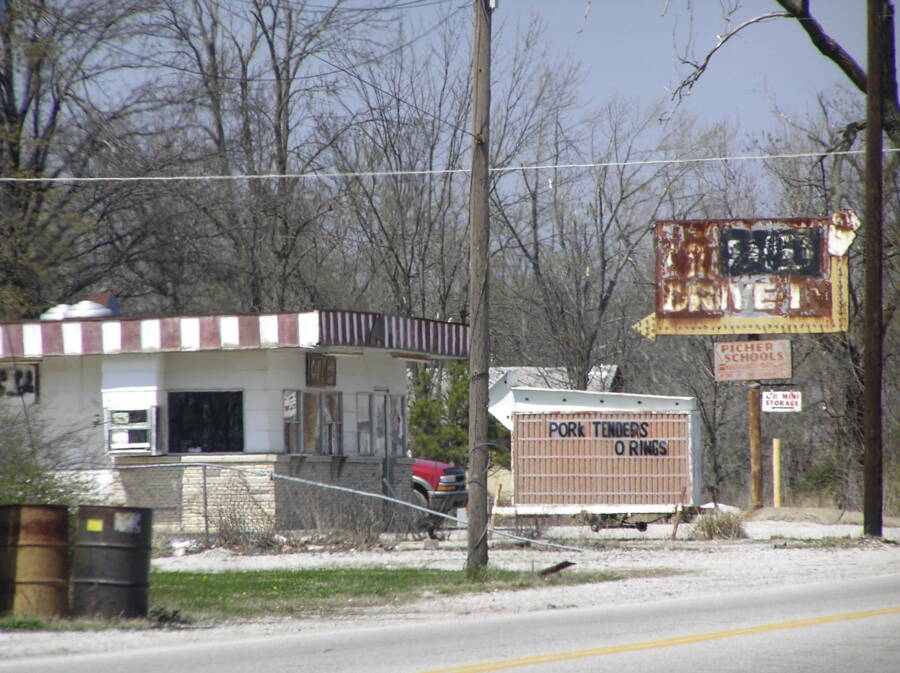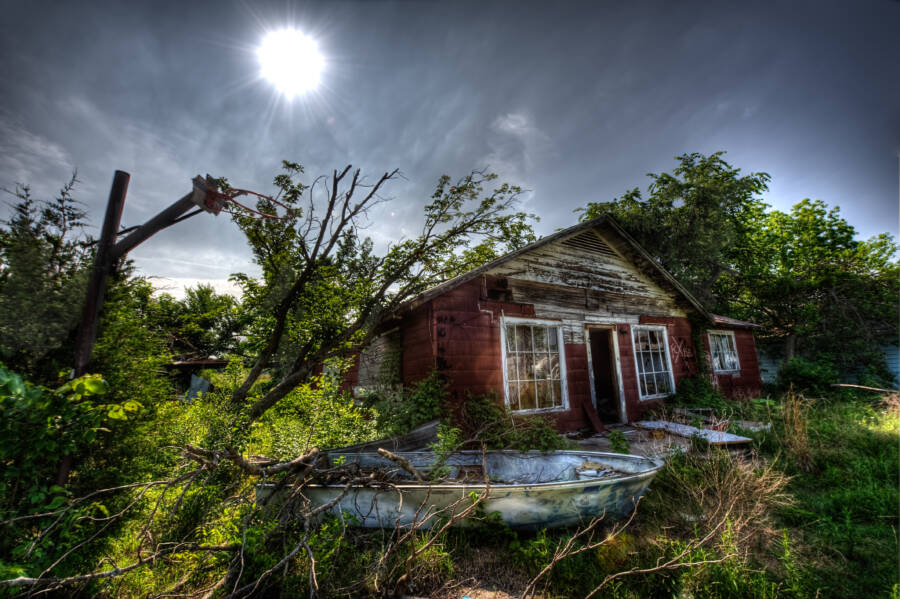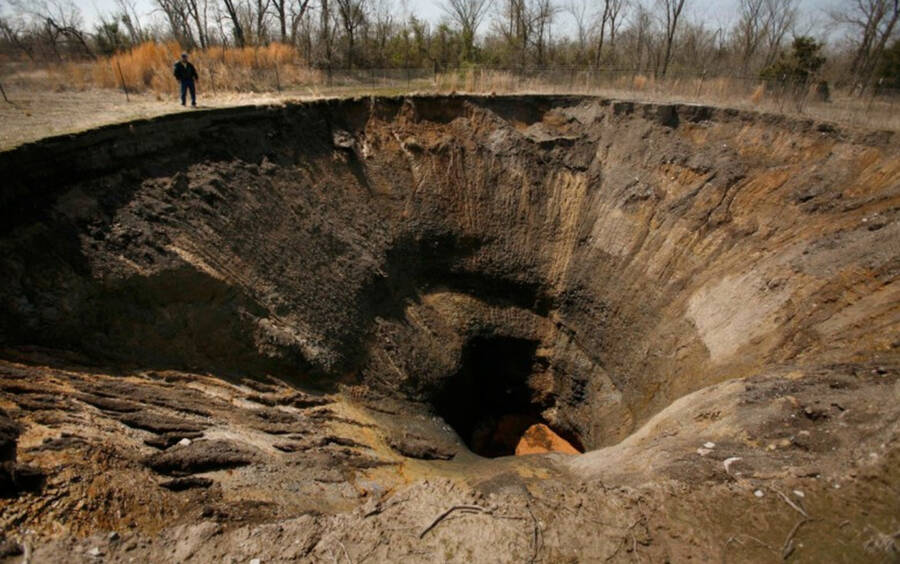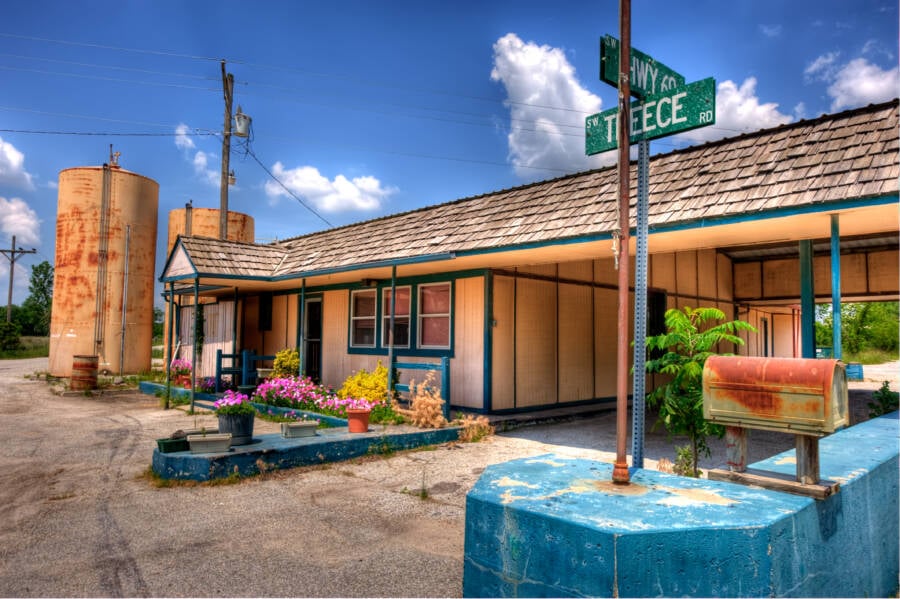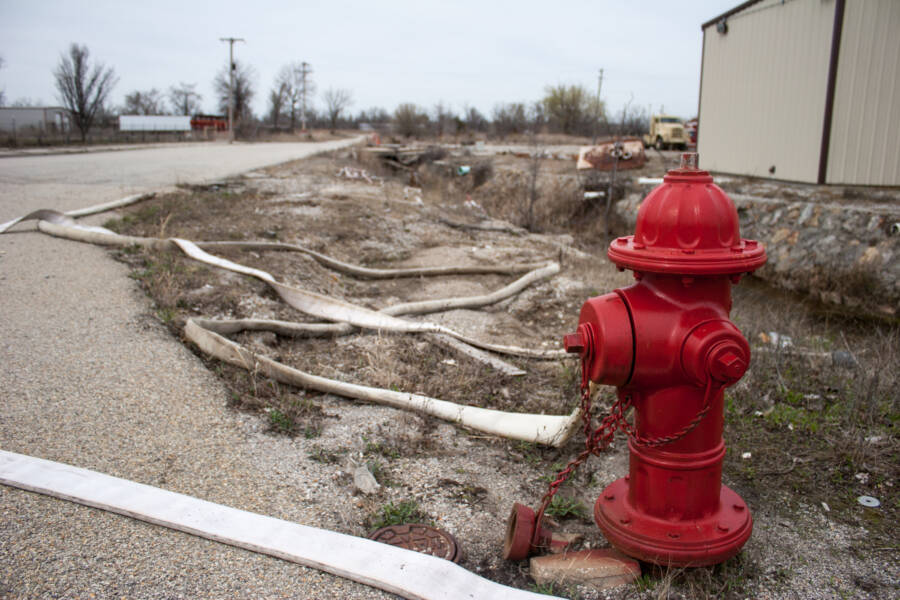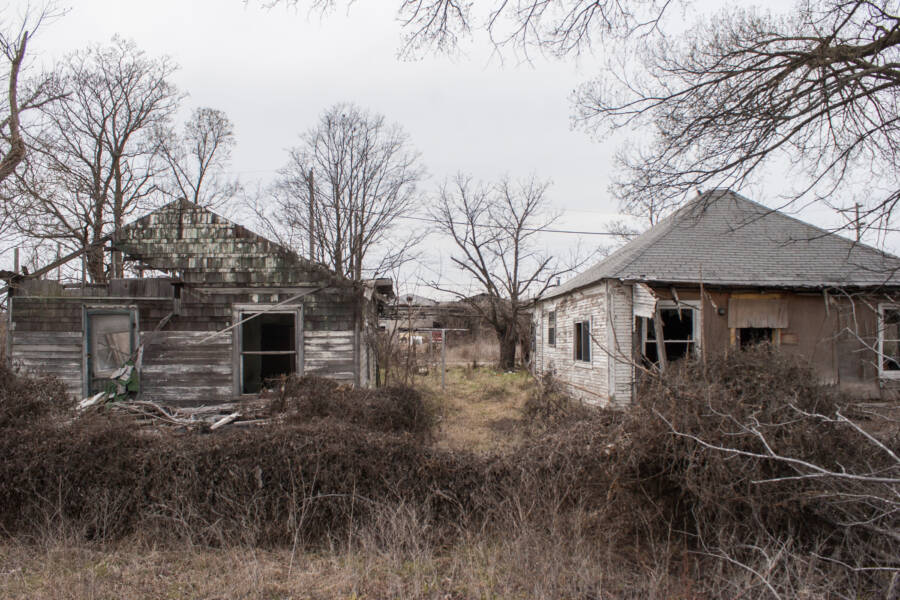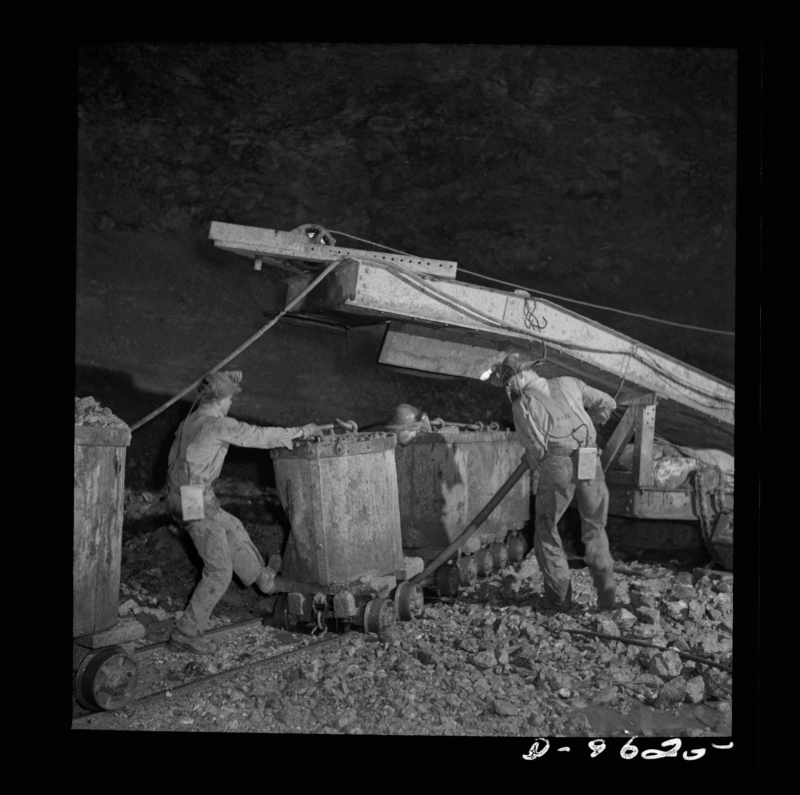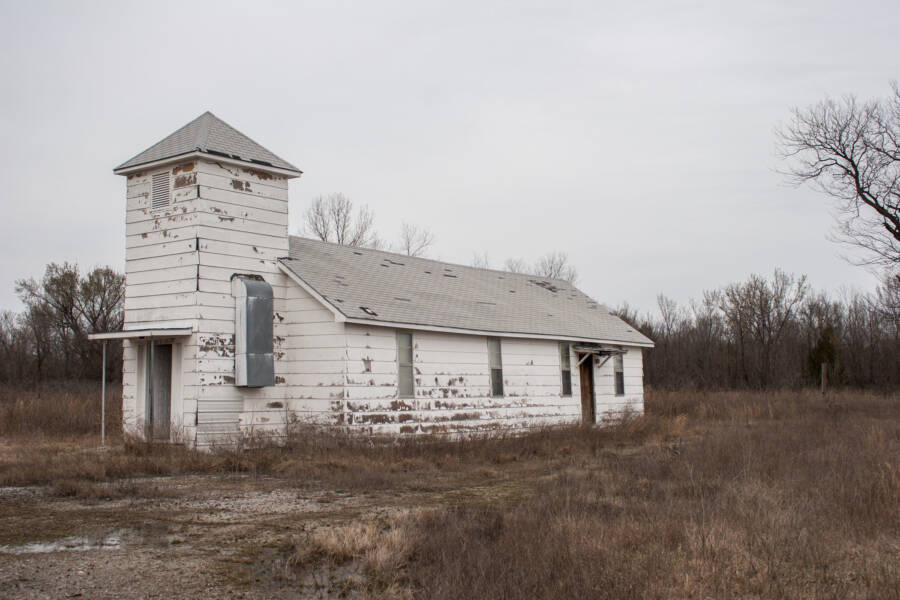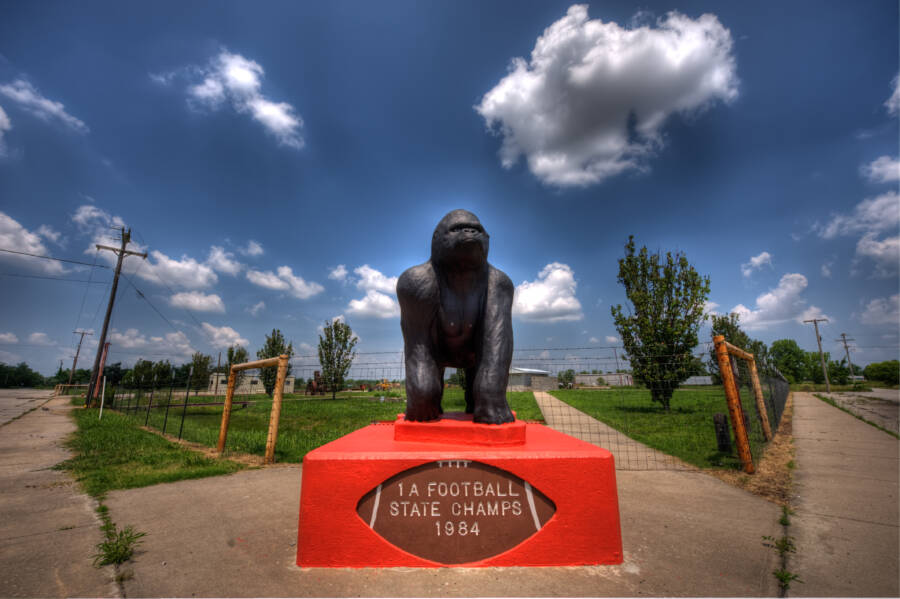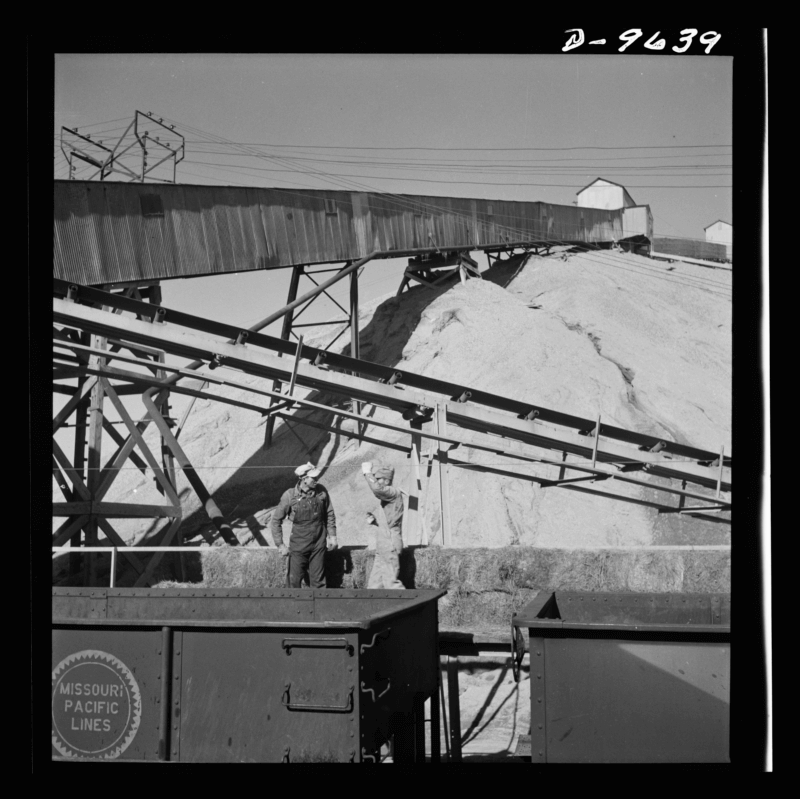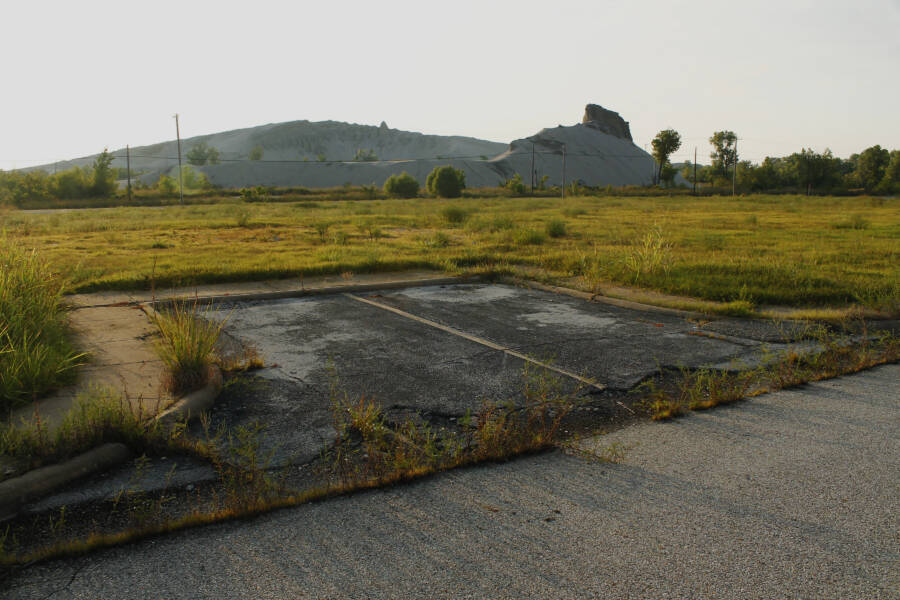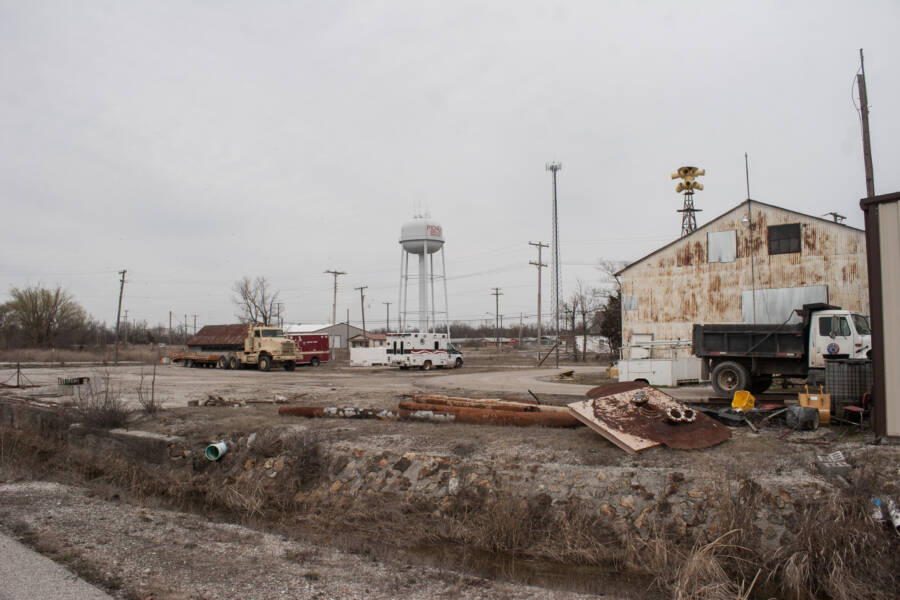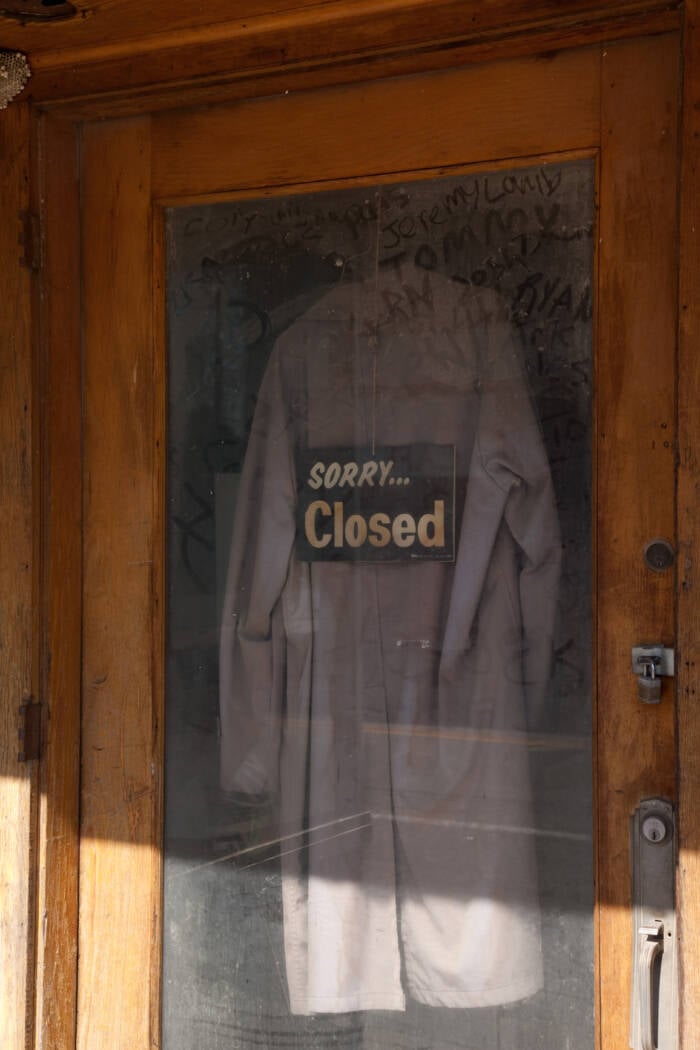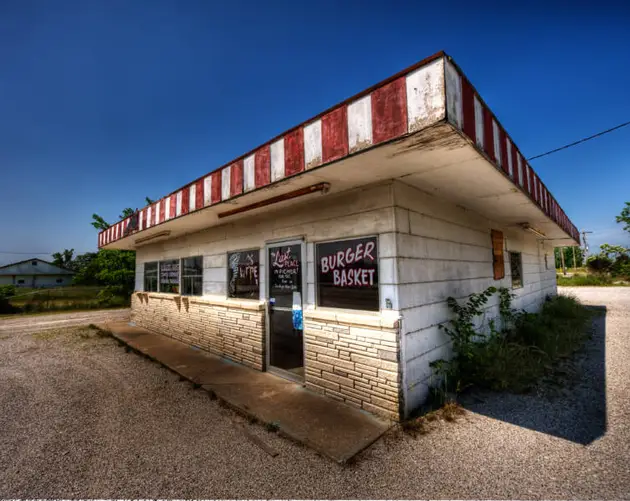Located near the border of Oklahoma and Kansas, Picher was a bustling mining center in the early 1900s — but now this abandoned town is surrounded by mountains of toxic waste.
In 1913, lead and zinc ore were discovered in northeastern Oklahoma — and the town of Picher sprung up practically overnight. It was named in honor of O. S. Picher, the owner of Picher Lead Company, which operated several other mines in the area.
Mining began on a large scale by the end of the year, and the population of Picher rose quickly. The city was officially incorporated in March 1918 — and it only grew from there. In 1926, the population peaked at more than 14,000.
Eventually, however, the lead and zinc mining industry took a downturn. The mines closed, and the workers started to move away. By 1980, there were barely 2,000 residents left — and they were living among piles of toxic waste. Residents soon began suffering symptoms of lead poisoning.
The Environmental Protection Agency declared the city a Superfund Site in 1983 and started buying up properties. And after a tornado struck in 2008, the population essentially dropped to zero. Today, Picher, Oklahoma, is known as "America's most toxic ghost town."
The Rise And Fall Of Picher's Mining Industry
Picher, Oklahoma, is located on the state's northeastern border with Kansas and just 12 miles from the western border of Missouri, in an area known as the Tri-State Lead and Zinc District. There were already several mines in operation when ore was discovered on the claim of a man named Harry Crawfish in 1913.
The Picher ore strike was the largest in the region's history, and a bustling industry quickly sprung up in the town. At one point, per the Oklahoma Historical Society, more than 14,000 men labored in the mines there, with 4,000 more working in related businesses. Employees as far away as Carthage, Missouri, about 40 miles to the northeast, commuted in daily via a trolley system.
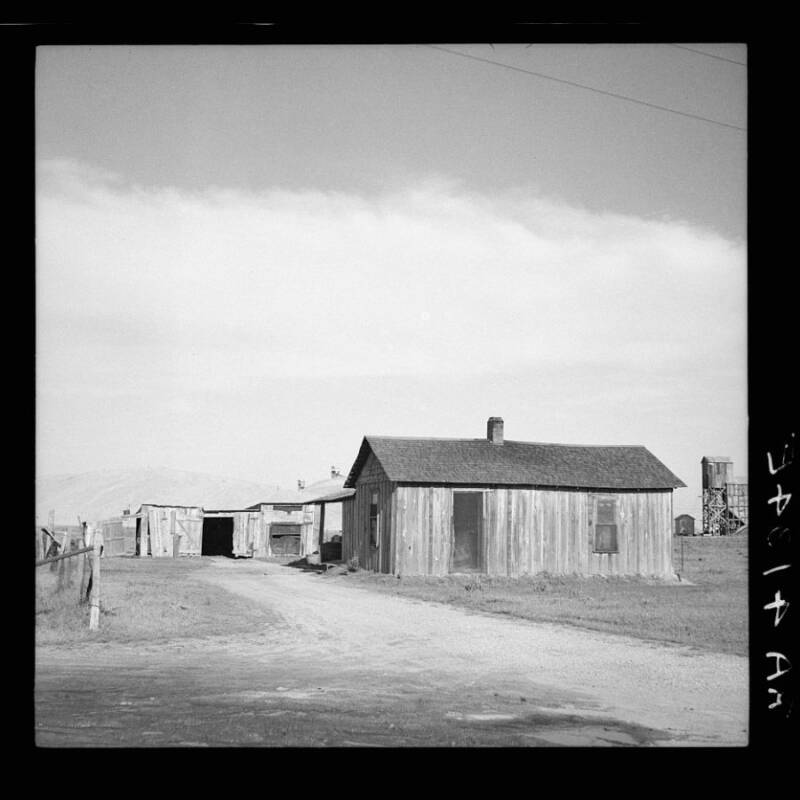
Library of CongressA miner's home in Picher. 1936.
Between 1917 and 1947, the Picher field produced more than $20 billion in ore, and more than 50 percent of the lead and zinc used in World War I came from the city's mines. The industry was booming — but it wasn't to last.
In the late 1930s, mining activity started to decrease as it became economically unviable, and it stopped completely by 1967. But decades of mining had left piles of toxic chat — gravel-like waste created by separating out the valuable lead and zinc from the ore — all throughout Picher.
What's more, when the mines closed, the machines that pumped water from them shut down as well, and the shafts began flooding. Contaminated water started leaking out, killing wildlife and even turning nearby creeks red from the presence of heavy metal.
Picher was poisoning its remaining residents — but for years, they didn't even know.
The Devastating Effects Of Toxic Waste On Picher
Before the dangers of Picher's chat piles were known to the town's citizens, the toxic mountains were simply part of daily life. Families had picnics atop them, teens rode bikes up and down the steep hills, and children even put the chat in their sandboxes.
Karen Harvey, who grew up in Picher, recalled to NBC News, "We'd go swimming... and our hair would turn orange and it wouldn't wash out."
Teachers began noticing that students in Picher had lower standardized test scores than other children in the state. The reason behind these deficits became clear in the early 1990s when the Indian Health Service discovered that Picher's kids had high levels of lead in their blood.

pixelpackr/FlickrA dump site in Picher, Oklahoma.
According to the Centers for Disease Control and Prevention (CDC), lead exposure can "seriously harm a child's health, including: damage to the brain and nervous system; slowed growth and development; learning and behavior problems; hearing and speech problems."
The Environmental Protection Agency declared Picher a Superfund Site and began attempts to clean up the town. This was made more difficult by the vast number of mines under the city. Houses began caving in due to the unstable ground beneath them.
Picher's remaining residents began to leave in earnest in the 1980s. And today, it's nothing more than a ghost town.
Inside "America's Most Toxic Ghost Town" Today
By 2000, there were just 1,640 citizens left in Picher. The population continued to decline slowly — but then, in 2008, an EF-4 tornado struck.
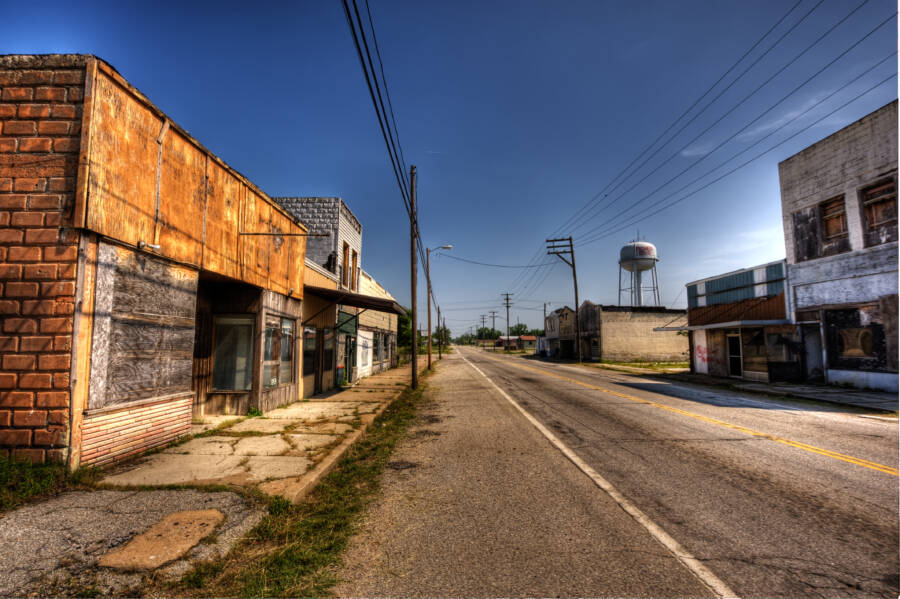
Sooner4life/FlickrPicher's Main Street as it appears today. Some shops still have merchandise displayed in the windows.
Six people were killed, and a large number of the town's houses and businesses were destroyed. Even more residents left, as their homes were simply unsafe to inhabit. On Sept. 1, 2009, the state of Oklahoma officially disincorporated Picher. And by 2010, the population stood at just 20.
The town's last remaining business closed in 2015 when Gary Linderman, the pharmacist known as the "last man standing," died.
Today, Picher is an abandoned ghost town rife with boarded-up windows and warnings to "Keep Out." Chat piles, some up to 200 feet tall, still surround the once-bustling mining city, reminding anyone who ventures by of its industrious past.
After reading about the toxic ghost town of Picher, Oklahoma, learn about the town of Centralia, Pennsylvania, that's been on fire since 1962. Then, go inside the Turkish ghost town of Burj Al Babas that's filled with fairytale castles.
